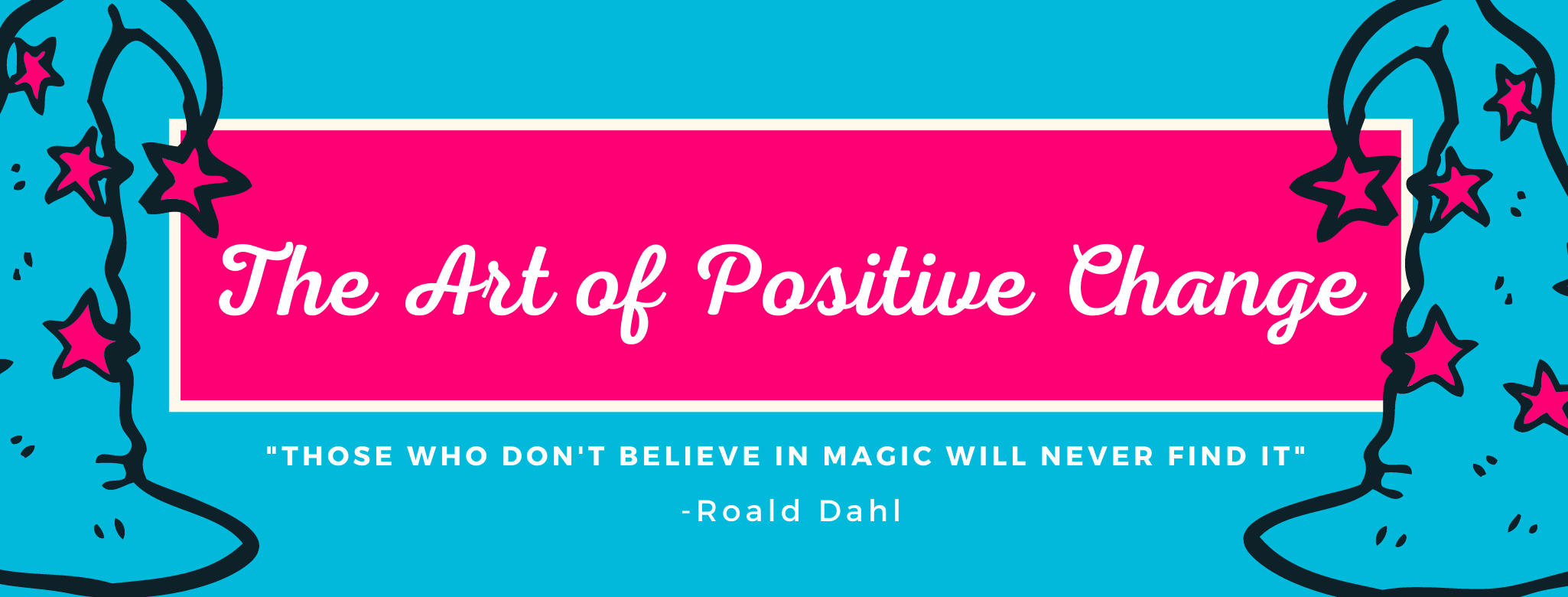William Edwards Deming (October 14, 1900 – December 20, 1993) was an American engineer, statistician, professor, author, lecturer, and management consultant.
Dr Deming’s philosophy below (thanks Wikipedia) will give you an insight into his profound wisdom and deep understanding of systems and operations and how they work efficiently, effectively and optimally.
‘Dr. W. Edwards Deming taught that by adopting appropriate principles of management, organisations can increase quality and simultaneously reduce costs (by reducing waste, rework, staff attrition and litigation while increasing customer loyalty). The key is to practice continual improvement and think of manufacturing as a system, not as bits and pieces.”
The above sentence sums up why all businesses would benefit from Lean and how Lean requires to be implemented through a series of systems that support the work and not as a stand alone philosophy.
See ‘Wikipedia’ for more information on Dr Deming and his great work.
The Plan, Do, Check, Act Cycle, or PDCA cycle, is a technique designed to facilitate continuous improvement in the workplace. It is also referred to as the Deming Cycle, as it was popularized under the instruction of Dr. W. Edwards Deming. Deming was introduced to the concept by Walter Shewart, a statistical quality control expert. PDCA has also been referred to as PDSA (Plan, Do Study, Act), PDSA (Plan, Do, Study, Adjust) and numerous variations in between.
Whichever version you decide to you the principles are the same.
Dr Deming’s PDCA cycle has completely changed how I work and how I live. Everything I do in relation to projects & work (personal and professional) now goes through this cycle or some variation of it. Let me give you an insight into how it works and the benefits it brings.
PLAN
(Develop a detailed plan )
This is the first step in the Deming cycle, and it is here you determine exactly what the opportunity for change is. In this first step, it is important to determine what problem you are solving, what is the goal, what will the measurements of success be and how will you implement this change.
It is here that you determine exactly what you need to achieve success and how you will know you are successful. The only way to know if something has improved is by measuring it and so it is critical to determine what metrics will give you this information and how you will collect these metrics.
When you are happy you have a detailed plan, know what metrics you will monitor (and how you will gather and monitor these), it’s time to move into the ‘Do’ phase.
The above sounds very simple but it’s not uncommon for people, departments and organisations to plough ahead with change without a detailed well thought out plan.
Spending most of your time in the Plan phase will set you up for success on the next stages of the PDCA cycle.
DO
(Implement the changes according to the plan)
Here it is time for action and time to use the plan developed above to put that action in place. The plan will serve as an excellent guide and reminder of exactly what it is you want to achieve. The metrics you will gather during the ‘Do’ phase will ensure you are continuously moving in the right direction towards success.
If you are leading a team, department or an organisation through change it should be very clear at all stages in the ‘Do’ phase where you are with the change and what the next steps are.
CHECK
(Reflect on and evaluate results)
This phase reduces rework and provides clarity.
This step is sometimes referred to as the study phase. Here we are reviewing and analysing the results of the improvements implemented in the Do phase.
In this phase you ‘Check’ if your initial goal from the ‘Plan’ phase has been reached and ‘Check’ if the metrics gathered support this goal achievement.
Did you reach your goal?
Do the metrics support this?
Are you happy that this initiative has been a success?
ACT
(What are the next steps?)
This step is our last in the where we ask 2 questions and act accordingly on the answers.
Did we reach our goal?
If the answer is Yes, we standardise, document and roll out the new process, training those who need to be trained. This is the new Standard Work on which we continuously improve.
If the answer is No, we may need to alter our methods of implementation, develop a new plan, or test our improvements on a larger scale.
As this is a cycle, the PDCA process never really ends.
It repeats itself providing the path to continuous improvement.
Do you use the PDCA cycle?
Could the PDCA cycle help you transform how you live and work?
Want to read more about change?
Download your free e-book ‘The A-Z of Effective Change’ below.
Thanks for reading,
Siobhain
x x

 Image Credit:
Image Credit: 





















